Mahogany veneer, ebony, Carrara marble, bronze.
France.
ca. 1799.
L. 48 in. ; d. 21,7 in. ; h. 32,7 in.
This chest of drawers from the Consulate era is a perfect exemple of the 'Retour d'Egypte', heralding Egyptomaniac iconography of Empire furniture with shapes yet less austere. Here, four columns, derived from the Doric order, and the smooth facade with very sober ornaments, embrace an intricate and dynamic structure, with remarkable curved corner sections, a rare and ancient survival of shapes that date back to the 'Régence'.
This is also true for the ornaments : the austere caryatids-like Egyptian figures sculpted in mahogany are combined with loose handles, cloverleaf-shaped locks, and the graceful tapered feet characteristic of the cabinetmakers of Louis XVI. The austerity of the blackened wood columns, crowned by the Egyptian figures, is softened by a slender design, emphasised by bronze rings and a slightly curved line.
This is, in all likelihood, a collector's piece of furniture : halfway between a chest of drawers and a console table, it seems to have been thought not for the practical function of some storage furniture, but to adorn an interior in the spirit of the period rooms of the late 18th century, of the Empire or the English Regency, the most famous example of which is undoubtedly the Egyptian Room designed by Thomas Hope at Duchess Street.
The chest of drawers does not appear to bear a maker's mark. Stylistically, it falls between the final works of Martin Carlin, anticipating those of Molitor. One might consider the name of Etienne-Ovide Barreau, a discreet cabinetmaker who designed chests adorned with Egyptian terms during the Consulate period.
Sources
François de Salverte, Les Ébénistes du XVIIIe siècle. Leurs Œuvre et leurs marques, Paris, 1923 ; Alvar Gonzalez-Palacios, Dal Direttorio all’Impero, Milan, 1966 ; Egyptomania. L'Egypte dans l'art occidental. 1730-1930, Paris, 1995 ; Giacomo Wannenes, Le Mobilier français du XVIIIe siècle, Milan, 1998.



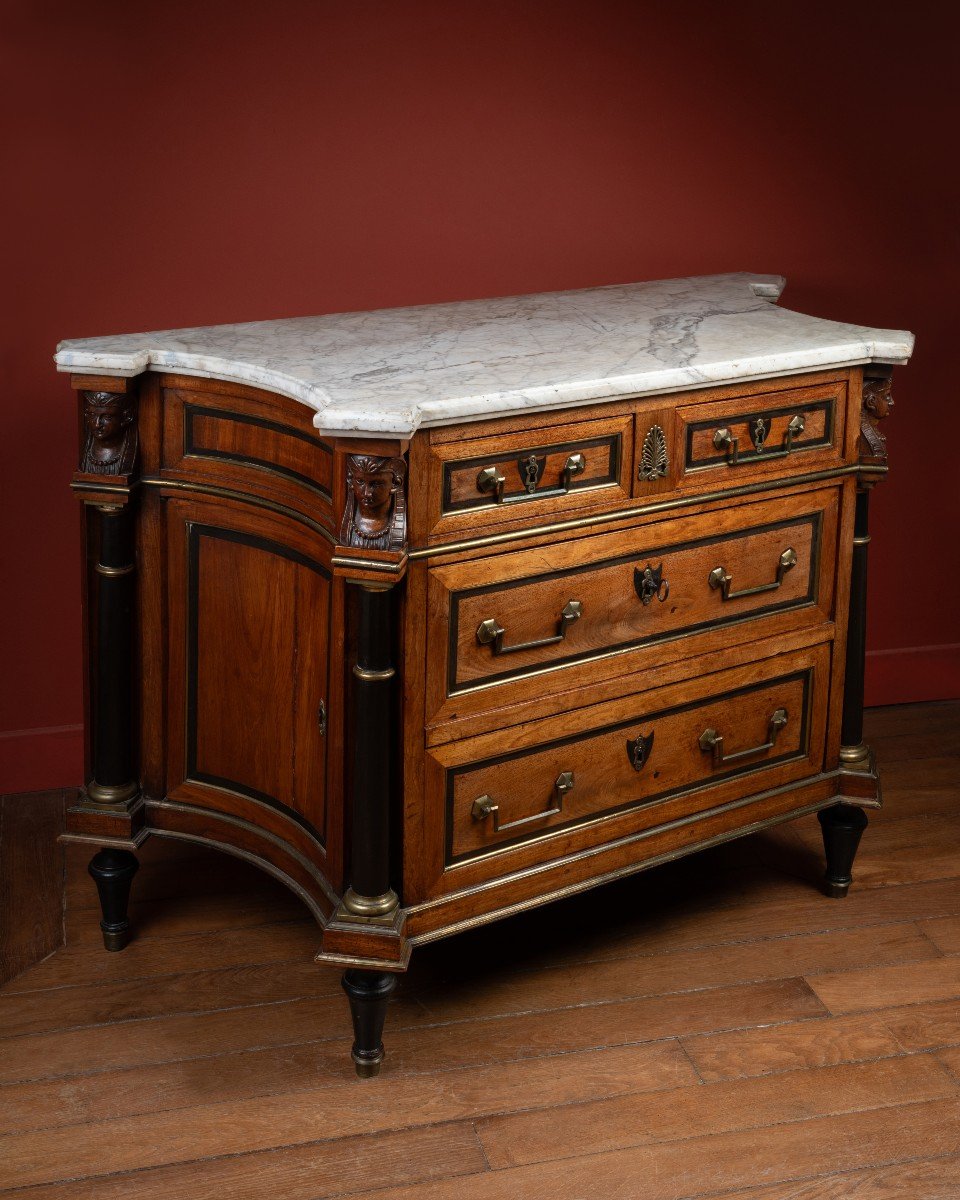

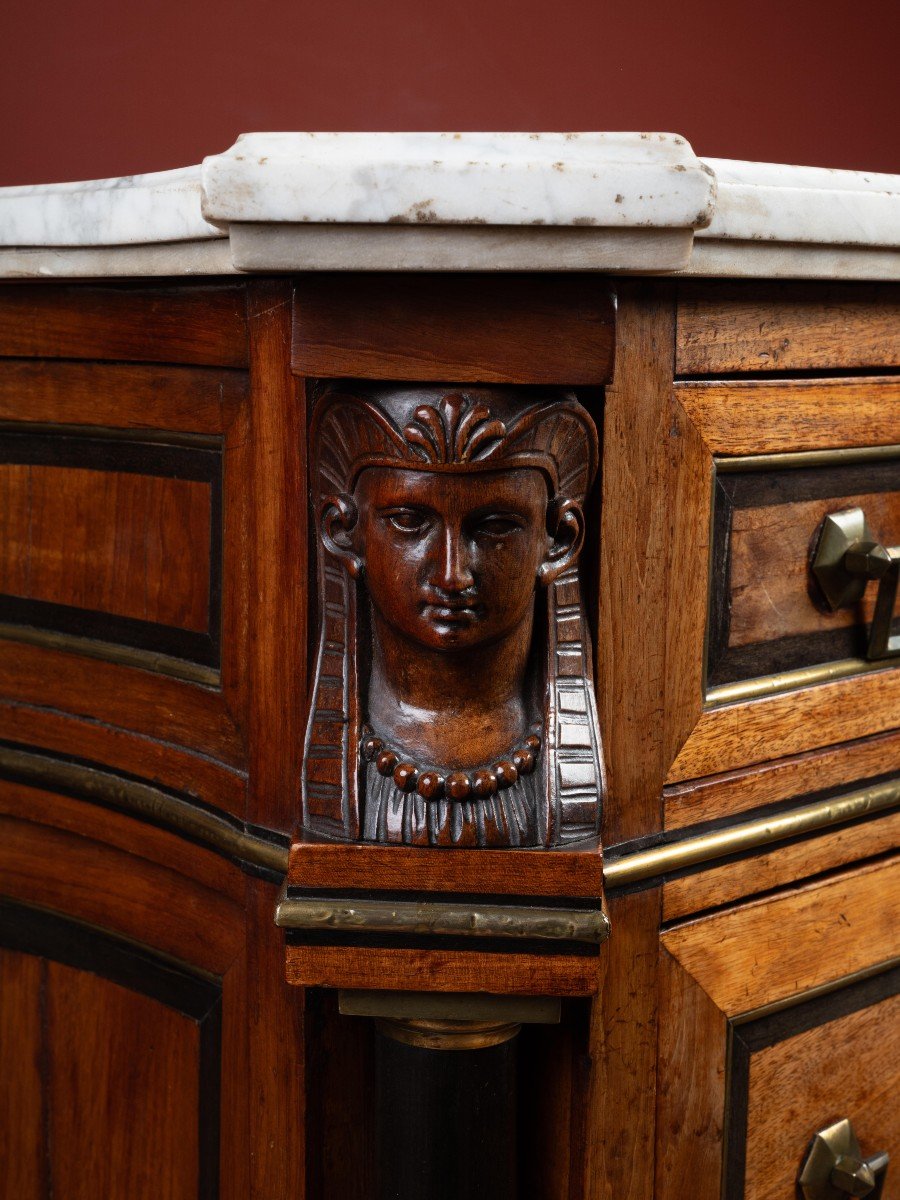




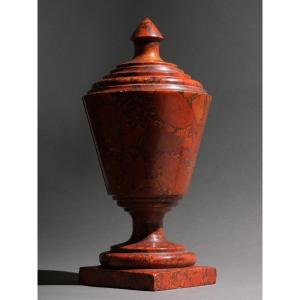

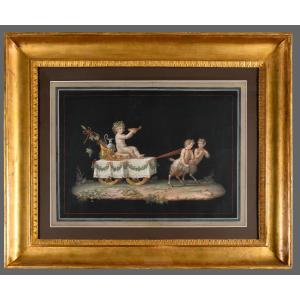


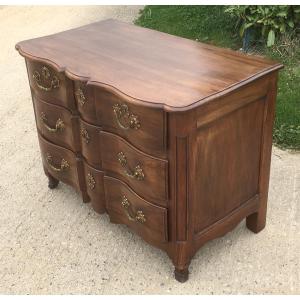
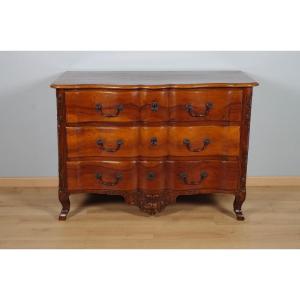
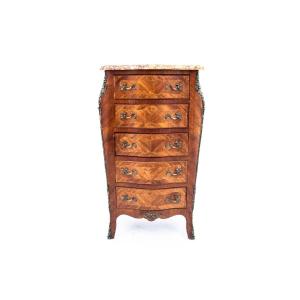

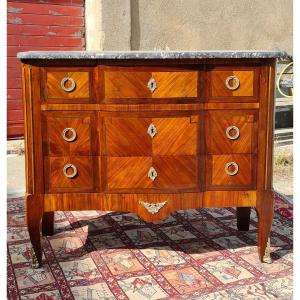



 Le Magazine de PROANTIC
Le Magazine de PROANTIC TRÉSORS Magazine
TRÉSORS Magazine Rivista Artiquariato
Rivista Artiquariato
